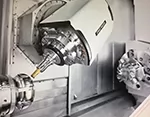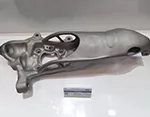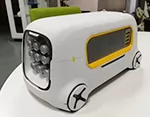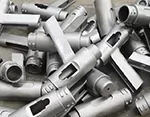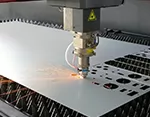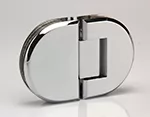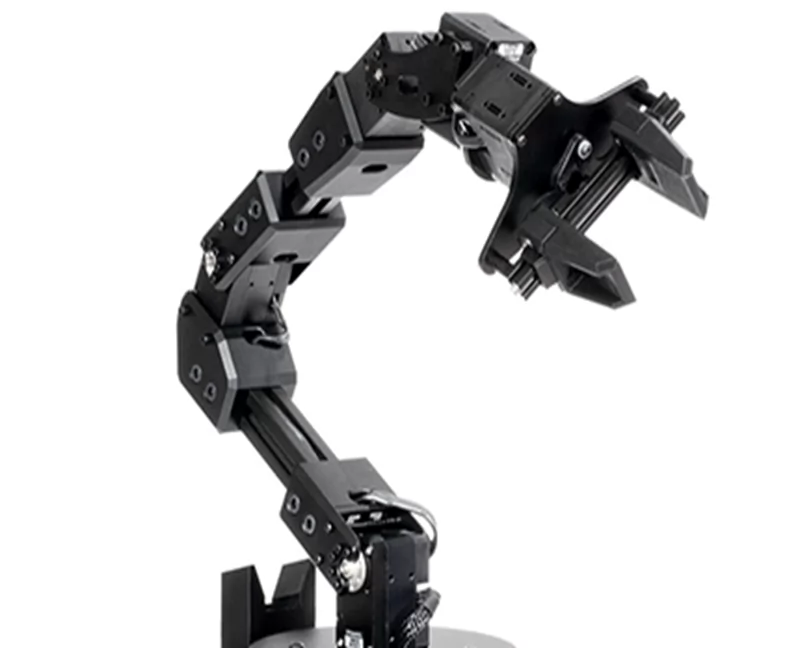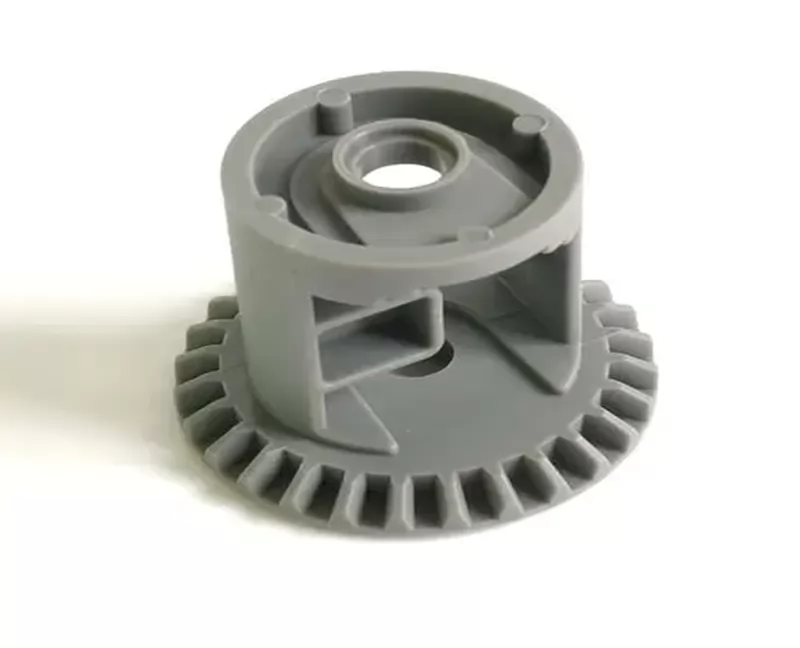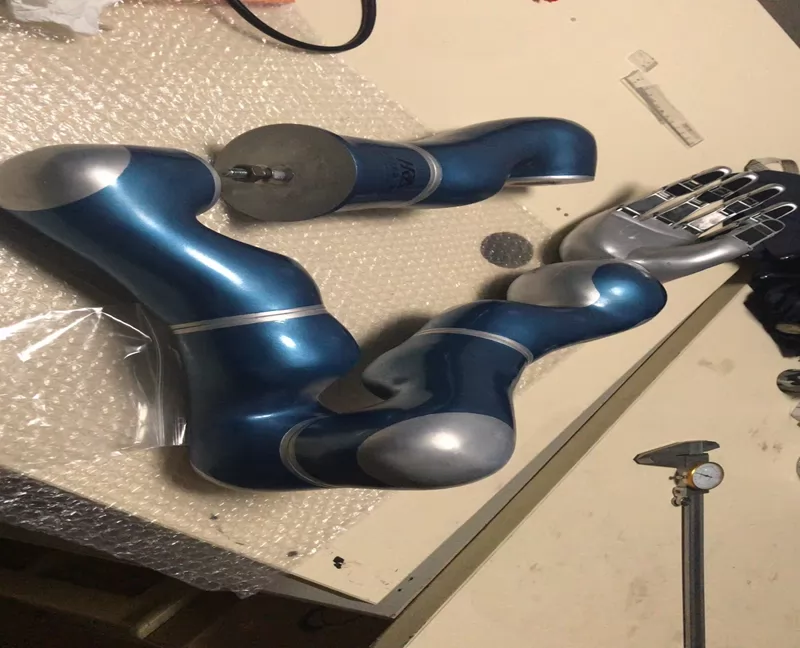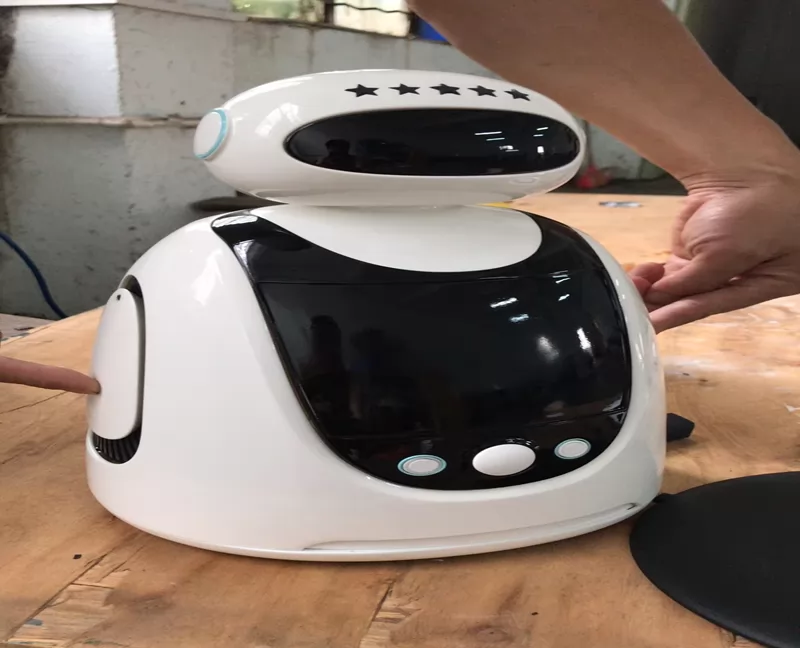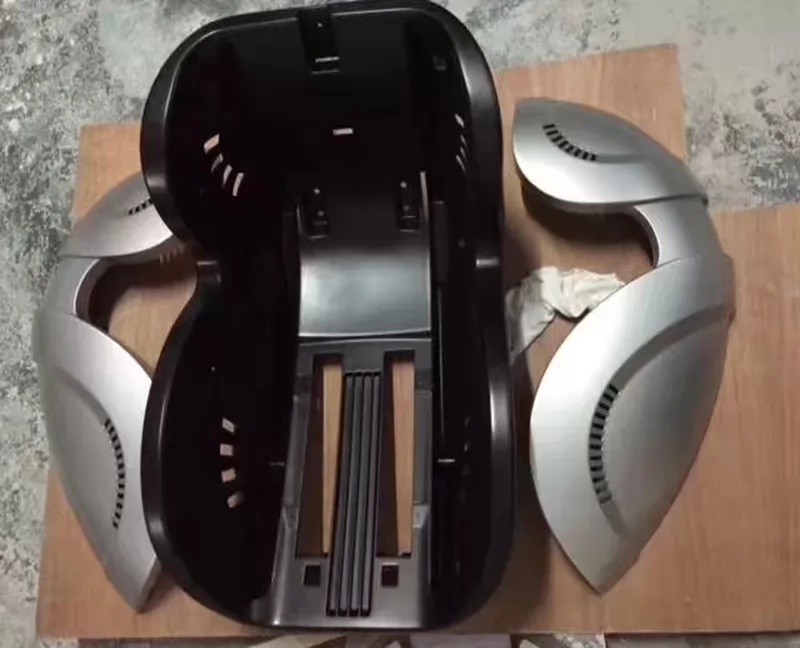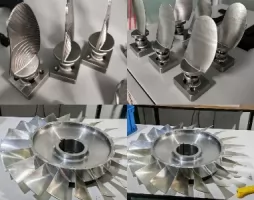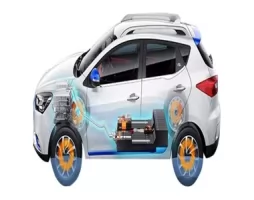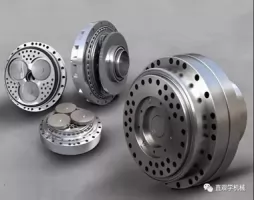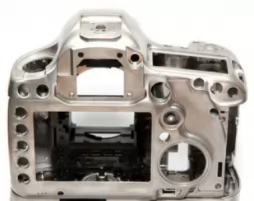-
Service
+
- CNC Precision Machining Service +
- Multi-Axis Simultaneous Machining Service +
- CNC Turning Service +
- Metal 3D Printing Service +
- Rapid Prototyping Service +
- Die Casting Service +
- Sheet Metal Fabrication Service +
-
Finish Serivces
+
- Polishing
- Grinding
- Brushed Finish
- Sand blasting
- Painting
- Powder Painting
- Anodizing
- Hard anodizing Service
- Passivation
- Zinc Plating
- Nickel Plating
- Chrome Plating
- Blackening
- Black Zinc Plating
- Teflon Coating
- Titanium Coating
- DLC Coating
- Laser Marking
- Silk Screen Printing
- Transfer Printing
- Micro Arc Oxidation
- Industries +
- About Us +
- Resource +
- Contact Us
- Quote

-
Service
-
>
-
>
-
>
-
>
-
>
-
>
-
>
-
>
-
- Industries
- About Us
- Resource
- Contact Us
A robot is a machine device that performs work automatically. It can accept human command, run pre-programmed programs, and act according to principles and programs formulated with artificial intelligence technology. Its mission is to assist or replace human work. It is the product of advanced integrated cybernetics, mechatronics, computers, materials and bionics, and has important uses in fields such as industry, medicine, agriculture, service industry, construction industry and even military.
What are the core components of industrial robots:
1. Controller: The controller is the most critical part. It functions as the "brain" of the industrial robot. It enables the robot to complete set actions by issuing and transmitting action instructions. It generally includes hardware and software: the hardware is an industrial control board. , including main control unit, signal processing part and other circuits; the software mainly includes control algorithms, secondary development, etc. Since control system development is relatively difficult, it is generally independently developed by robotics companies.
2. Servo motor: Also known as execution motor, it is the "power system" of industrial robots. In automatic control systems, it is generally used as an actuator and is installed at "each joint" of industrial robots. It mainly converts the received electrical signal into the angular displacement or angular velocity output on the motor shaft, which has higher requirements in terms of accuracy, response speed, and short-term overload capability. Servo motors are the core driving components of industrial robots. Most robot companies outsource servo motors, and a small number of them are developed from motor companies into their own companies (such as Yaskawa).
3. Reducer: The reducer is also called a reducer. It is a transmission mechanism that connects the power source and the actuator. It is usually installed on the joints of the robot and is used to accurately control the robot's movements and transmit greater torque. As the most basic mechanical component, it contributes to the steering and overall maneuvering of the robot. RV reducers and harmonic reducers are mainly used on industrial robots. Overall, the development of reducers is the most difficult, and the precision reducer market is still dominated by foreign-funded enterprises.
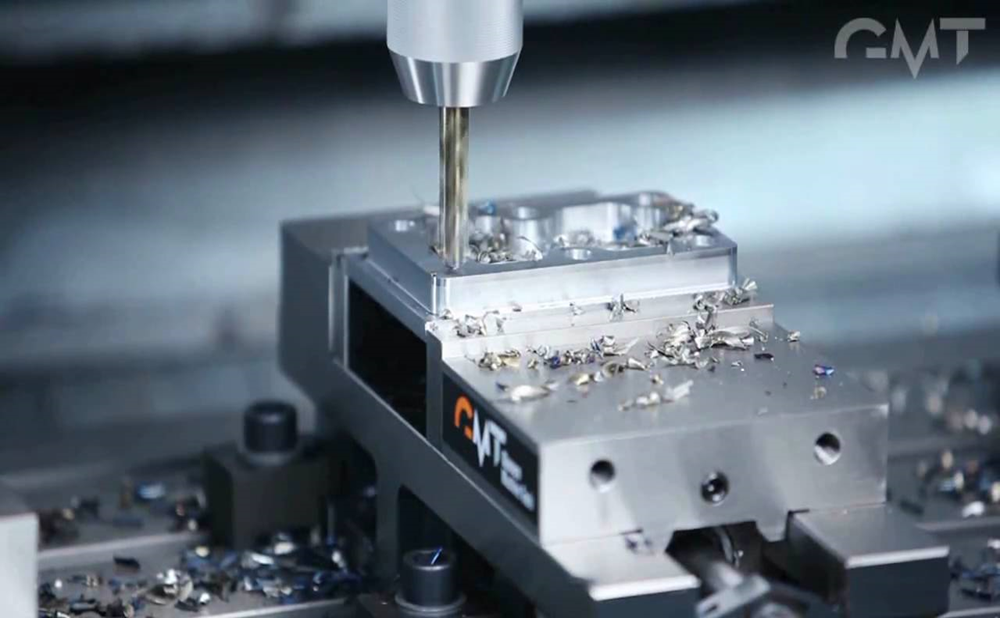
Applications in manufacturing:
Welding robots are industrial robots engaged in welding. According to the definition of welding robot in the International Organization for Standardization Industrial Robot Terminology Standard Welding Robot, an industrial robot is a multi-purpose, reprogrammable automatic control operator with one or more programmable axes and can deliver welding tools as required. A machine that predetermines a spatial position and moves the welding tool according to the required trajectory and speed. Used in the field of industrial automation, in order to adapt to different uses, the mechanical interface of the last axis of the robot is usually a connecting flange, which can be connected to different tools or end effectors. A welding robot is a robot that is equipped with a welding clamp or welding gun on the end shaft flange of an industrial robot so that it can perform welding, cutting or thermal spraying.
The assembly robot is the core equipment of the flexible automated assembly system and consists of a robot operator, controller, end effector and sensing system. The structural types of the manipulator include horizontal joint type, rectangular coordinate type, multi-joint type and cylindrical coordinate type, etc.; the controller generally uses CPU or multi-level computer system to realize motion control or motion programming; the end effector is designed to adapt to different The assembly objects are designed into various claws and wrists; the sensing system is used to obtain information about the interaction between the assembly robot, the environment and the assembly objects. Commonly used assembly robots mainly include programmable general assembly robots and planar double-jointed robots.
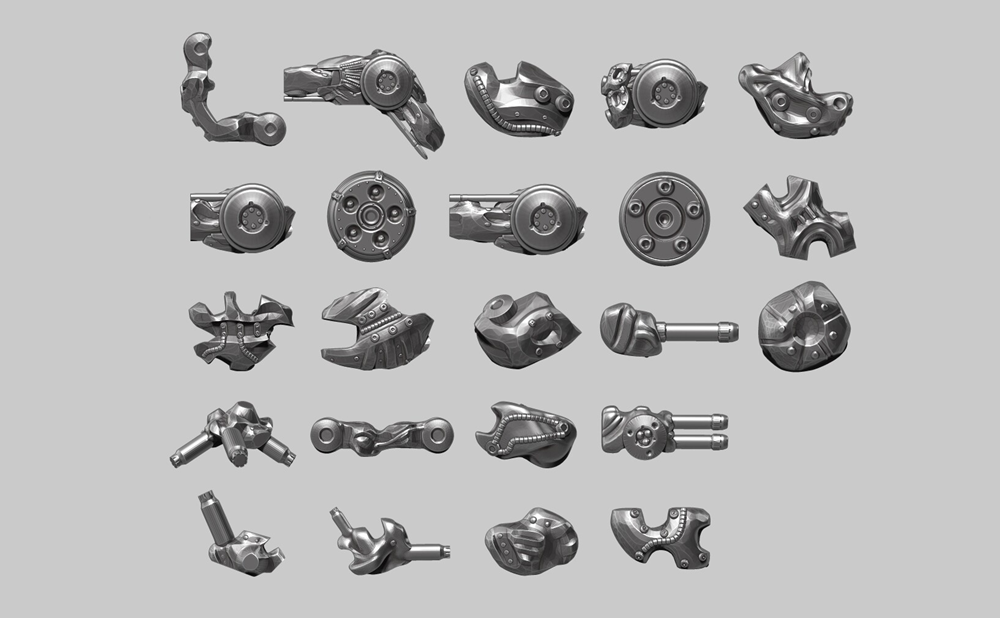
Contact:
Email: Maggie@kesugroup.com,
WhatsApp: +86 135-3842-1321
Our engineer team are ready for your projects and provide feedback quickly.

